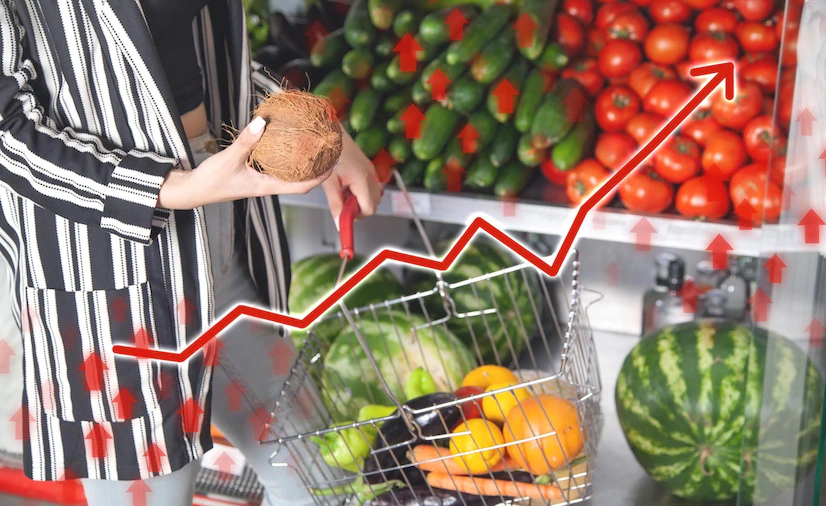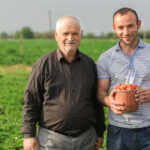Consumer trends and market demands have a significant impact on the agroprocessing industry. Agroprocessing refers to the transformation of agricultural products into value-added goods such as processed foods, beverages, textiles, and biofuels. Here are some key ways in which consumer trends and market demands influence agroprocessing:
- Product Innovation: Consumer trends drive the demand for innovative and unique products. Agroprocessors need to stay abreast of changing consumer preferences, such as a growing demand for organic or natural products, plant-based alternatives, gluten-free options, or products with specific health benefits. Agroprocessing companies must invest in research and development to create new products or modify existing ones to align with these trends.
- Quality and Safety Standards: Consumers are increasingly concerned about the quality and safety of the food they consume. Market demands for safe, high-quality products compel agroprocessors to implement stringent quality control measures and adhere to food safety standards. This may include investing in technologies for food testing, traceability systems, and adopting certifications like Good Manufacturing Practices (GMP) or Hazard Analysis and Critical Control Points (HACCP).
- Sustainable and Ethical Practices: Modern consumers are more conscious of the environmental and social impact of their purchases. They expect agroprocessors to adopt sustainable and ethical practices throughout their supply chains. This includes responsible sourcing of raw materials, minimizing waste and emissions, supporting fair trade, promoting animal welfare, and adopting eco-friendly packaging. Agroprocessors that align with these sustainability trends gain a competitive edge in the market.
- Convenience and On-the-go Products: Busy lifestyles and changing demographics have led to increased demand for convenient, ready-to-eat or on-the-go food products. Agroprocessors need to adapt by developing products that cater to this demand, such as pre-cut fruits and vegetables, single-serve snacks, microwave-ready meals, or portable beverages. Packaging innovations that enhance convenience and extend product shelf life are also important to meet market demands.
- Localization and Cultural Preferences: Consumer preferences can vary based on cultural factors and regional tastes. Agroprocessors operating in diverse markets must understand and cater to these localized demands. This may involve adapting product formulations, flavors, and packaging to align with specific cultural preferences, dietary habits, or religious requirements. Agroprocessors that can tailor their offerings to different markets have a better chance of success.
- Digital Transformation and E-commerce: The rise of e-commerce and digital platforms has revolutionized the way consumers shop for food products. Agroprocessors need to embrace digital transformation, establish an online presence, and optimize their distribution channels to reach consumers directly. They must adapt their packaging and logistics to ensure products are suitable for online delivery, and invest in marketing and customer engagement strategies that resonate with digital-savvy consumers.
In summary, consumer trends and market demands shape the agroprocessing industry by driving product innovation, influencing quality and safety standards, promoting sustainability and ethical practices, fueling the demand for convenience, catering to localized preferences, and necessitating digital transformation. Agroprocessors that proactively respond to these trends and demands are better positioned to thrive in a competitive marketplace.







